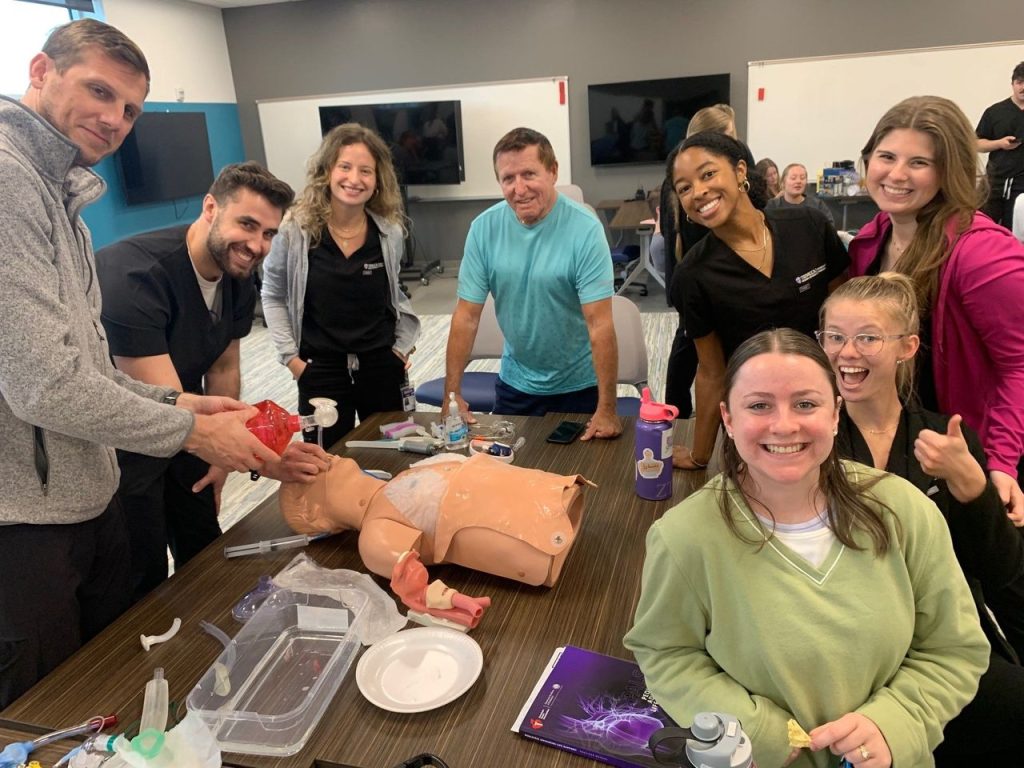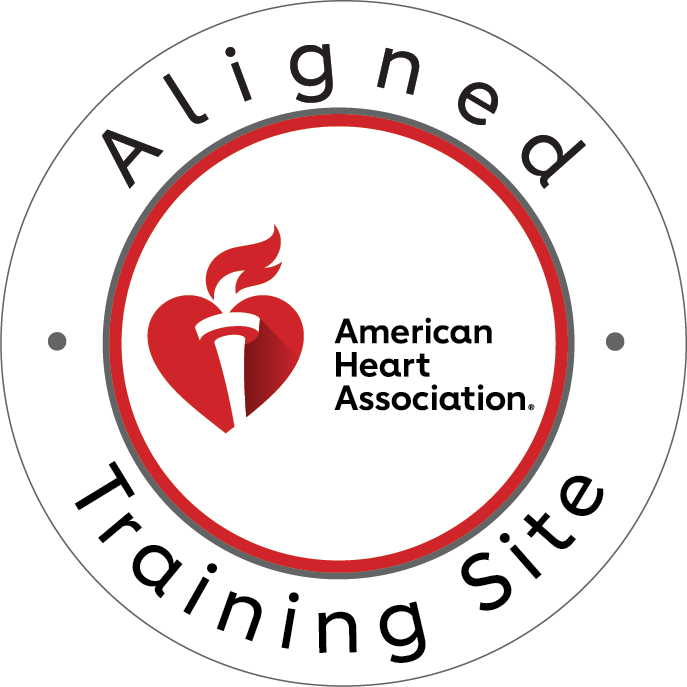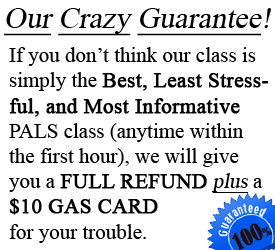Introduction
If you’re preparing for your AHA CPR Skills Test, you might be feeling a bit nervous. Whether you’re taking this test for the first time or renewing your certification, proper preparation is key to passing with confidence. The American Heart Association (AHA) requires healthcare providers to demonstrate hands-on proficiency in CPR techniques, making this test a critical step in obtaining your CPR certification Tampa.
In this guide, we’ll break down exactly what you need to know, provide expert tips, and help you ace your AHA CPR Skills Test with ease.
Understanding the AHA CPR Skills Test
The AHA CPR Skills Test is designed to assess your ability to perform CPR effectively in a real-life emergency. This test ensures that healthcare providers can:
- Recognize cardiac arrest and respond promptly.
- Perform high-quality chest compressions.
- Deliver effective rescue breaths.
- Use an Automated External Defibrillator (AED) correctly.
- Work efficiently in a team setting during a cardiac emergency.
This evaluation is typically part of courses such as Basic Life Support (BLS), Advanced Cardiovascular Life Support (ACLS), and Pediatric Advanced Life Support (PALS).
Step-by-Step Guide to Passing Your AHA CPR Skills Test
1. Master High-Quality Chest Compressions
Chest compressions are the foundation of effective CPR. The AHA has specific guidelines for performing compressions correctly:
- Depth: At least 2 inches (5 cm) for adults, about 2 inches for children, and 1.5 inches for infants.
- Rate: 100–120 compressions per minute.
- Recoil: Allow the chest to fully recoil between compressions.
- Minimize interruptions: Limit pauses to less than 10 seconds.
Pro Tip: Practice compressions on a CPR mannequin before your test to get a feel for the correct depth and speed.
2. Perfect Your Rescue Breaths
Rescue breathing is a crucial component of the AHA CPR Skills Test. To deliver effective breaths:
- Use a pocket mask or bag-mask device for safety.
- Tilt the victim’s head back and lift the chin to open the airway.
- Deliver each breath over 1 second, ensuring chest rise.
- Avoid excessive ventilation to prevent air from entering the stomach.
Pro Tip: If you struggle with mask placement, practice with an instructor before the test.
3. Learn Proper AED Use
The Automated External Defibrillator (AED) is a life-saving tool that restores normal heart rhythm. To use an AED correctly:
- Turn it on immediately and follow voice prompts.
- Place the pads in the correct position (upper right chest and lower left side).
- Ensure no one is touching the victim before delivering a shock.
- Resume CPR immediately after the shock is given.
Pro Tip: If available, practice using an AED trainer to become comfortable with pad placement and voice prompts.
4. Work as a Team (If Required)
For healthcare providers, teamwork is essential. During your test, you may need to demonstrate effective communication with a partner.
- Assign roles clearly.
- Rotate compressors every 2 minutes to prevent fatigue.
- Use clear and direct communication.
Pro Tip: Practice CPR scenarios with a colleague to develop seamless coordination.
5. Manage Your Nerves and Stay Confident
Even if you know the material, nerves can impact performance. Here’s how to stay calm:
- Take deep breaths before starting.
- Focus on each step individually.
- Remember that instructors are there to help.
Pro Tip: Arrive early and ask any last-minute questions to clarify uncertainties.
Common Mistakes to Avoid
Many test-takers make simple mistakes that can cost them their certification. Avoid these common errors:
- Shallow compressions: Ensure you’re applying enough force.
- Incorrect compression rate: Too fast or too slow reduces effectiveness.
- Poor ventilation technique: Watch for chest rise to confirm breaths are effective.
- Delaying AED use: Apply it as soon as it arrives.
What to Expect on Test Day
Being well-prepared will ease your stress. Here’s what to expect:
- Hands-on practice before the test begins.
- Individual and team-based CPR scenarios.
- Real-time feedback from your instructor.
Pro Tip: Wear comfortable clothing, as you’ll be kneeling and performing compressions for an extended period.
Get CPR Certification Tampa with CPR Tampa!
If you’re looking for a stress-free, hands-on CPR certification Tampa, look no further than CPR Training Tampa! As an American Heart Association training site, we provide top-notch training for:
- BLS for Healthcare Providers
- ACLS (Advanced Cardiovascular Life Support)
- PALS (Pediatric Advanced Life Support)
- CPR and First Aid Courses
Our expert instructors make sure you feel confident and fully prepared for your AHA CPR Skills Test. Register today and get certified with the best CPR training in Tampa!
Conclusion
Passing your AHA CPR Skills Test doesn’t have to be stressful. By mastering key techniques, avoiding common mistakes, and choosing the right training provider, you can earn your certification with confidence. Sign up for your CPR certification Tampa today with CPR Training Tampa and be prepared to save lives!





